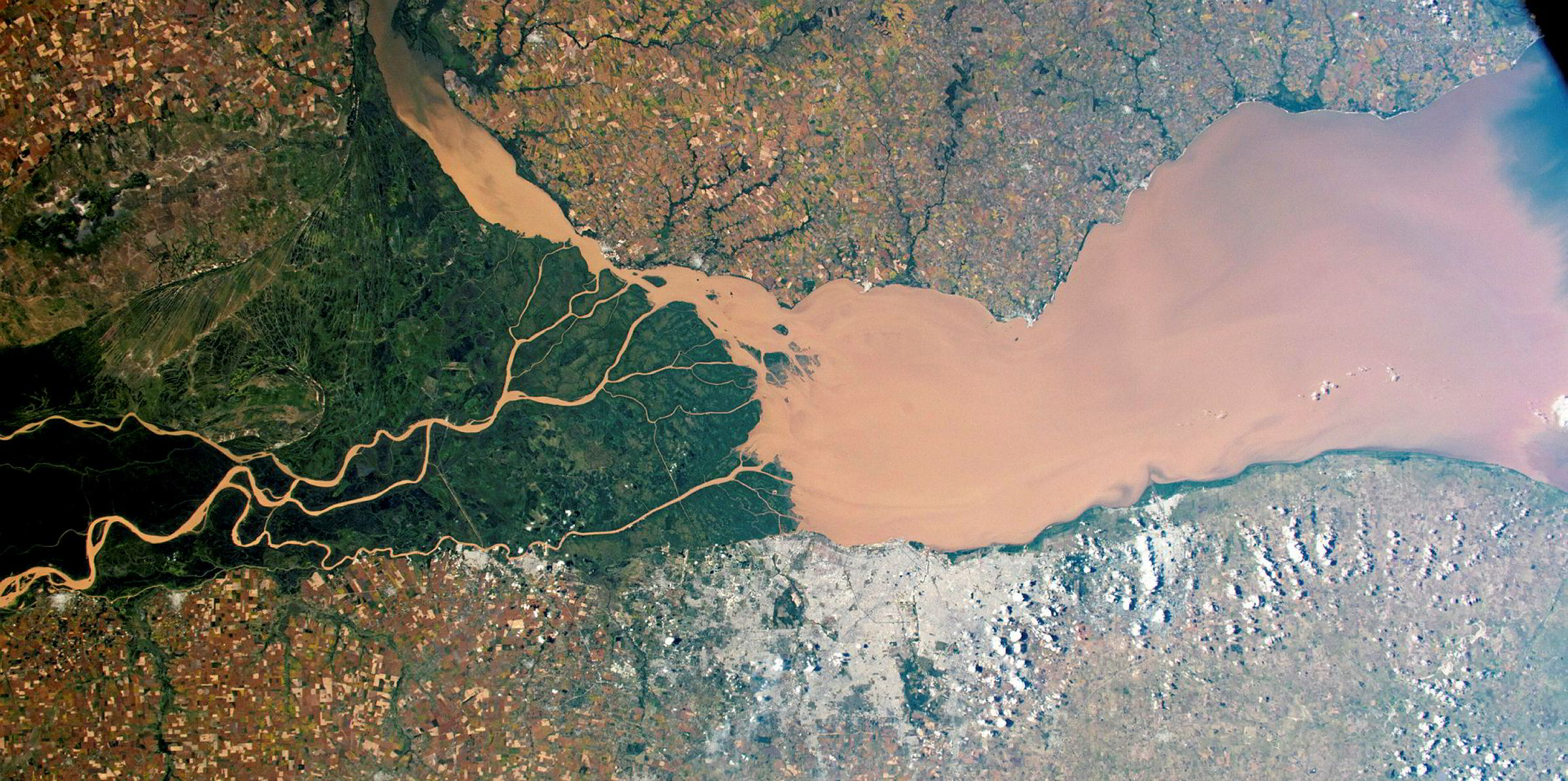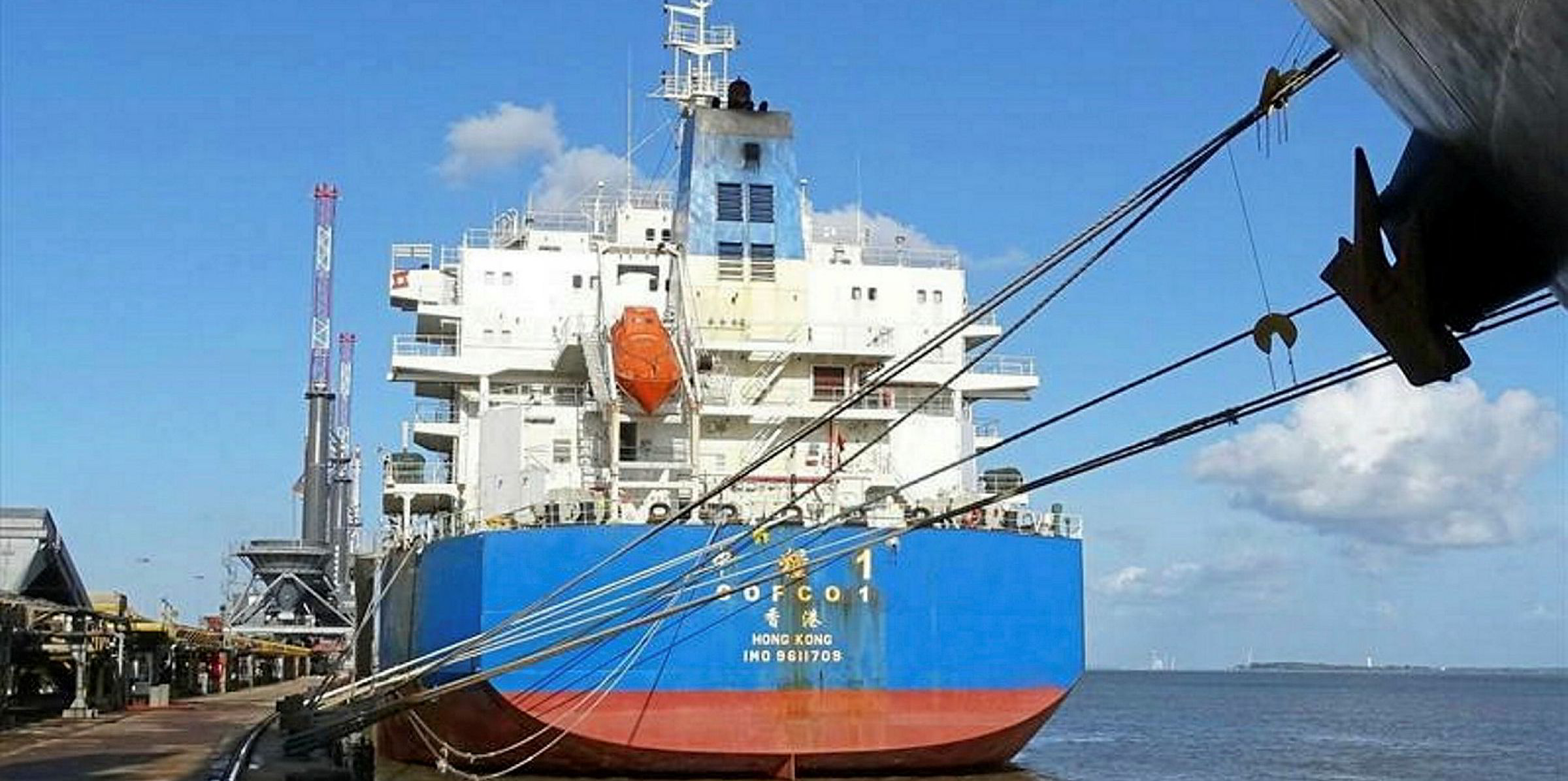The Parana River's lowest water level in 50 years is pushing P&I clubs to warn members about operating on the critical South American waterway.
Both West P&I and North P&I issued advisories on Monday telling members that dry weather has led to more groundings, both in the main navigational channel and near terminals.
"Not only has [the low water level] resulted in several groundings, it has also led to draught restrictions at the river ports, which in turn is impacting the amount of cargo that vessels can load," North said.
"Correspondents estimate that a panamax bulk carrier is short loading around 2,000 mt per feet of draft and tankers (vegetable oil cargo) are loading 6,000 mt less in total."
The Parana river which runs through Argentina, Paraguay and Brazil is a critical transport artery in the region.
Last month, 14 ships grounded on the river but no further groundings have happened since then, according to Argentinian P&I correspondent Pandi Liquidadores.
The problem of the low water level is hydrometeorological based mainly on the lack of rains, the number of dams in Brazil and in the border with Paraguay plus the changes in the soil composition especially in a vast Brazilian area," spokesman Alberto Trigub told TradeWinds.
"The other problem is related to the brown water trade for barges sailing up and down river from Paraguay, Bolivia and south of Brazil through what we call the Hidrovia waterway.
"The scenario is not expected to change in the near future."
He said ships in the Rosario area must limit their drafts to 30 feet to keep 2 feet of under-keel clearance per Coast Guard regulations.
Plan in advance
West recommends ships get the most up-to-date information about river conditions, which are published daily by Argentina's coastguard, obey river speed limits and develop a passage plan in advance of transiting the waterway.
Once berthing, it suggests monitoring the vessel's draught, list and trim, keeping it as close to an even keel as possible and pay attention to tidal tables.
Last month, two ships were grounded on the critical South American river, the 36,898-dwt Mars Harmony (built 2019) and the 81,531-dwt Cofco 1 (built 2014), according to local agents.
The Orix Maritime-managed, Liberia-flagged Mars Harmony ran aground 15 May, blocking the main navigation channel. The next day, it was refloated with the help of a tug.
The Cofco 1, owned by Cosco Shipping Bulk, ran around 25 May near San Pedro, Argentina laden with soybean meal destined for Denmark.
It took four days and four tugboats to get it refloated.
No injuries were reported, nor any damage to the ship or cargo.






